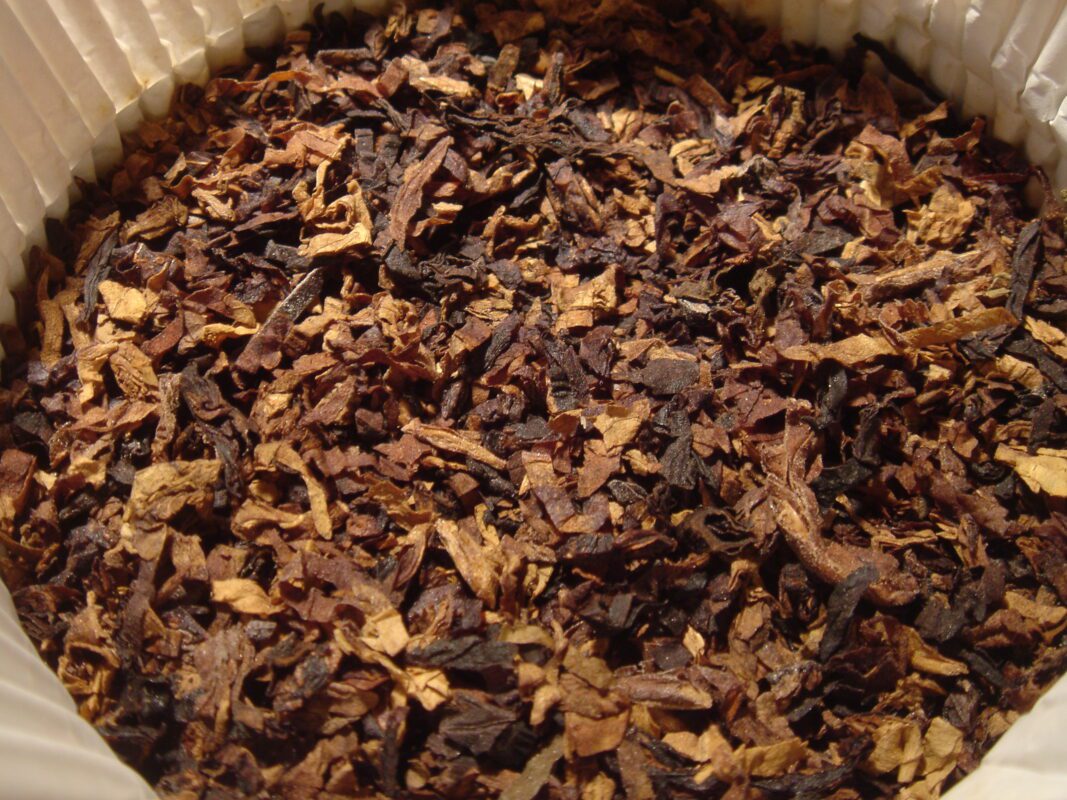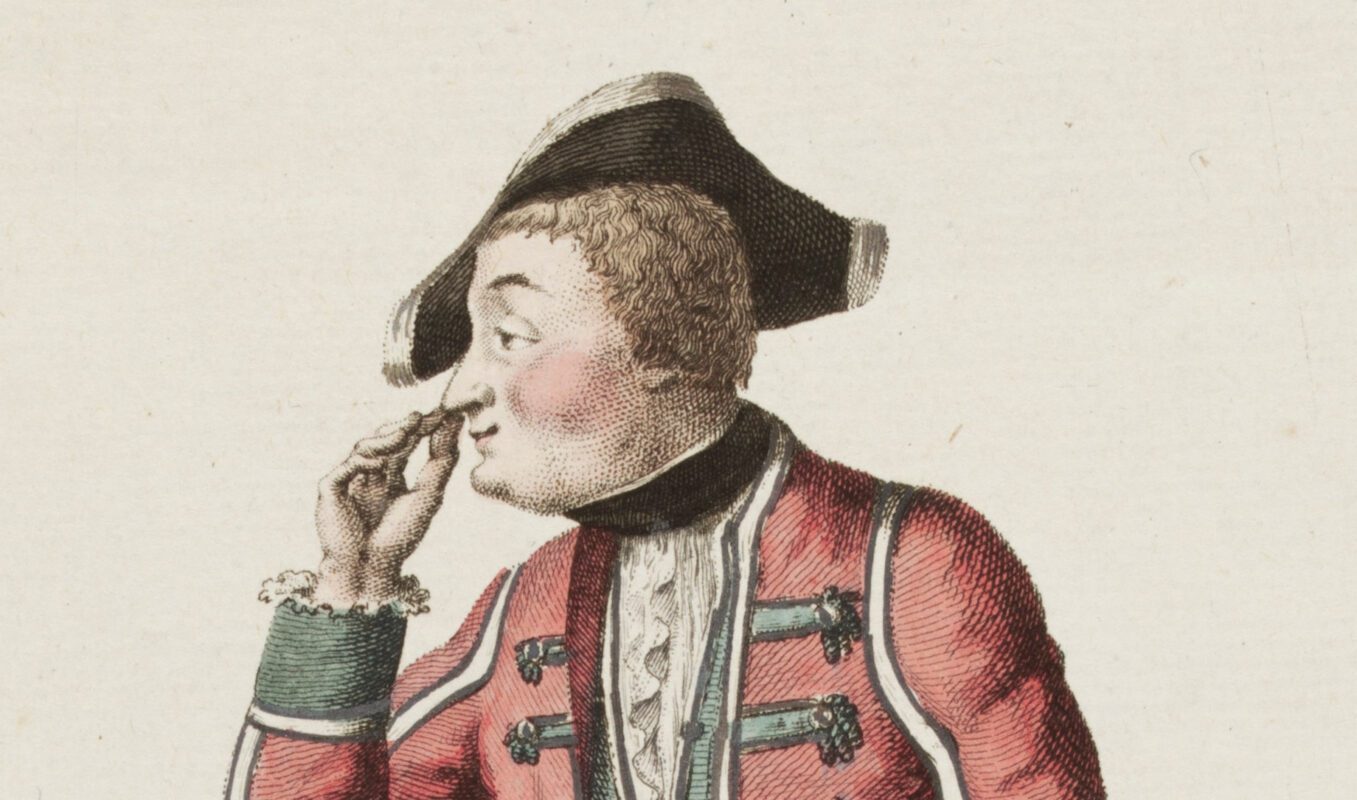The History of Tobacco

Originating in the Americas, the tobacco plant has a rich and intricate history that stretches over many centuries. Its significant effects on societies, economies, and cultures cannot be overstated. In this blog post, we will uncover the authentic history of tobacco, examining its beginnings, worldwide proliferation, and its substantial impact on numerous facets of human existence.
Tobacco has a long history, deeply embedded in the ancient civilizations of the Americas. Indigenous peoples in Central and South America grew and utilized tobacco for medicinal, spiritual, and social purposes. It was integral to religious ceremonies, communication with spirits, and community gatherings. This sacred role of tobacco in their cultures set the stage for its later global importance.
Early Use by Indigenous Peoples
Long before Europeans set foot in the New World, tobacco was an integral part of the lives of indigenous peoples in the Americas. Archaeological evidence suggests that the use of tobacco dates back to at least 1400-1000 BCE. Native tribes used tobacco in various forms, including smoking, chewing, and snuffing, primarily in religious and medicinal contexts. For these communities, tobacco was not just a plant but a sacred entity believed to facilitate communication with the spiritual world. Shamans used it in rituals to ward off evil spirits, heal the sick, and predict future events.
The arrival of Christopher Columbus in the Americas in 1492 marked the start of tobacco’s journey to the rest of the world. European explorers and colonizers encountered tobacco through their interactions with indigenous communities. Initially greeted with curiosity and skepticism, tobacco’s popularity soon spread throughout Europe. It became widely used for both recreational and medicinal purposes.
The Tobacco Trade Boom
By the 16th century, tobacco use had spread across Europe, becoming especially popular in Spain, Portugal, and France. Its demand skyrocketed, leading to the establishment of tobacco plantations in the Caribbean and the American colonies. The crop’s profitability caught the attention of European powers, who sought to monopolize the trade. The Portuguese established large plantations in Brazil, while the British and French developed their colonies in North America as key suppliers.


The cultivation of tobacco significantly propelled European colonial expansion. European nations established extensive tobacco plantations in the Americas, which in turn spurred the transatlantic slave trade and the exploitation of both indigenous and enslaved labor. This led to tobacco production becoming a lucrative industry, fundamentally shaping the economic and social structures of the colonies.
As the demand for tobacco surged, it gave rise to a global trade network. The cultivation and export of tobacco became integral to the economies of nations such as the United States, Cuba, and Brazil. This trade not only impacted international relations but also ignited debates over taxation, smuggling, and governmental regulation.
Industrialization and Mass Production
The 19th century brought significant changes to the tobacco industry with the advent of industrialization. The invention of the cigarette-rolling machine by James Bonsack in 1880 revolutionized tobacco consumption. Cigarettes, which were cheaper and more convenient than traditional forms of tobacco, quickly became popular. The industrial production of cigarettes led to the rise of major tobacco companies such as Philip Morris, R.J. Reynolds, and British American Tobacco. These companies employed aggressive marketing strategies, including the use of celebrity endorsements and the promotion of smoking as a glamorous and sophisticated activity.
In the 20th century, scientific studies unveiled the health hazards associated with tobacco use, leading to heightened public awareness and increased government intervention. The identification of the connection between smoking and lung cancer spurred anti-smoking campaigns, the introduction of warning labels on cigarette packages, and stringent restrictions on tobacco advertising. These measures aimed to safeguard public health and challenge the deep-rooted cultural acceptance of tobacco use.
The Modern Tobacco Landscape
Today, the tobacco industry faces numerous challenges and transformations. Health advocacy groups continue to push for stricter regulations, while public awareness campaigns highlight the dangers of smoking. In response, the industry has diversified its products, with the rise of alternatives such as e-cigarettes and vaping devices. These new products have sparked debates about their safety and regulation, as well as their potential to either reduce or perpetuate nicotine addiction.


Despite these challenges, tobacco remains a powerful global industry. Countries like China, India, and Brazil are major producers, and multinational corporations continue to exert significant influence. The history of tobacco is a testament to its enduring impact on societies worldwide, shaping economies, cultures, and public health policies.
Conclusion
The history of tobacco is a story of transformation, from a sacred plant revered by indigenous cultures to a global commodity with far-reaching implications. It reflects broader historical trends, including colonialism, industrialization, and globalization, as well as ongoing public health challenges. Understanding this history is crucial for addressing the complex issues surrounding tobacco use today and shaping a healthier future.
Tobacco consumption remains a multifaceted and contentious issue today. Although its use has diminished in numerous regions, it remains deeply embedded in certain cultures and communities. The emergence of alternative tobacco products, such as e-cigarettes and vaping, has further ignited discussions regarding their safety and public health implications.


